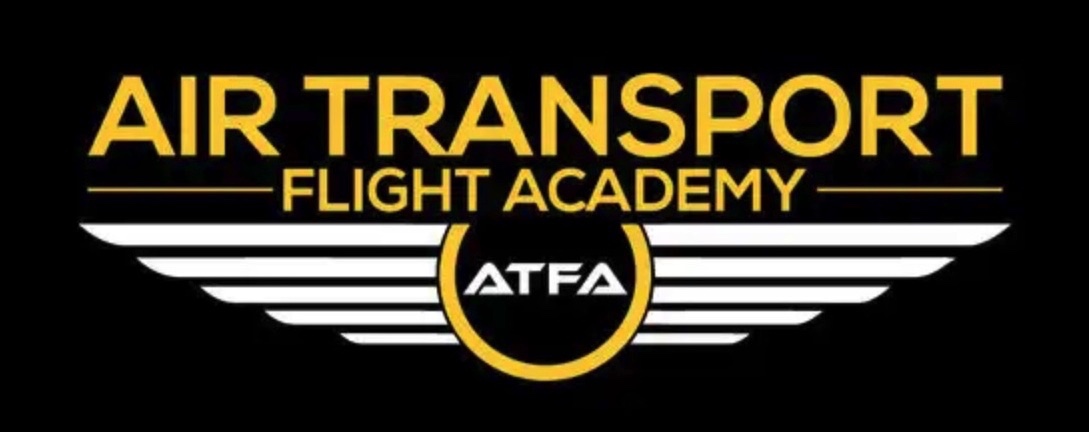Instrument Rating
Overview
The Instrument Rating curriculum at Air Transport Flight Academy (ATFA) is designed to provide aspiring pilots with the skills, knowledge, and experience necessary to operate aircraft under instrument flight rules (IFR). This curriculum aims to develop proficiency in instrument navigation, communication, and flight maneuvers under various weather and visibility conditions. The program is structured for pilots who already hold at least a private pilot certificate.
Curriculum Components
-
Ground School
Ground School covers all theoretical knowledge necessary for the Instrument Rating, including regulations, procedures, and planning. Instruction will be delivered via classroom sessions, online courses, and self-study modules.
Course Topics:
– Introduction to IFR Flight
– Differences between VFR (Visual Flight Rules) and IFR
– Understanding IFR regulations and requirements (FAR Part 91, 121)
– Flight Instruments
– Overview of flight instruments: altimeter, heading indicator, attitude indicator, airspeed indicator, vertical speed indicator, and navigation instruments (VOR, ADF, GPS)
– Instrument scanning techniques and interpretation of flight data
– Navigation and Flight Planning
– Use of aeronautical charts for IFR operations
– Flight planning under IFR, including routes, alternate airports, fuel calculations, and weight and balance
– Understanding navigation aids: ILS, VOR, RNAV, and GPS
– Meteorology for Instrument Flight
– Fundamentals of aviation weather, including how to interpret METARs, TAFs, and PIREPs
– Understanding weather phenomena affecting IFR operations (clouds, visibility, wind)
– Air Traffic Control (ATC) Procedures
– Communication protocols with ATC during IFR operations
– Understanding clearances, approaches, and procedures in various airspace classes
– Emergency communication with ATC
– Flight Operations
– IFR takeoffs, approaches, and landings
– Understanding Standard Terminal Arrival Routes (STARs) and Standard Instrument Departures (SIDs)
– Safety and risk management during IFR flight
-
Flight Training
Flight Training focuses on hands-on instruction in actual and simulated IFR flight conditions. Students will complete various flight maneuvers, approaches, and emergency procedures under the guidance of certified flight instructors (CFIs).
Flight Training Components:
– Pre-Flight Briefings
– Detailed briefings before each flight, including weather considerations, flight routes, and expected maneuvers
– Instrument Flight Maneuvers
– Basic instrument flying techniques: climbs, descents, turns, and straight and level flight
– Practice of holding patterns, T-codes, and instrument approach procedures (ILS, RNAV)
– Recovery from unusual attitudes and maintaining control in IMC (Instrument Meteorological Conditions)
– Cross-Country Instrument Flight
– Completing cross-country flights under IFR, including planning and executing route changes
– Use of navigation aids and communication with ATC during extended flights
– Approaches and Landings
– Conducting precision and non-precision approaches, including go-arounds
– Performing missed approach procedures and transitioning to visual flight
– Flight training on various runway types and configurations
-
Simulator Training
Simulator Training will enhance decision-making skills and instrument flying capabilities by allowing students to practice complex scenarios in a safe, controlled environment.
Simulation Modules:
– IFR Procedures Training
– Emergency Situations: Handling in-flight emergencies like equipment failures and adverse weather encounters
– Complex Navigation Scenarios: Practicing diverting to alternate airports and executing complex approaches
-
Completion Standards
Students must achieve the following requirements to be eligible for the FAA Instrument Rating Practical Test:
– Ground School Completion: Passing the final exam covering all ground school topics and achieving proficiency in theoretical knowledge.
– Flight Experience: Completion of required flight hours, which typically include:
– A minimum of 40 hours of actual or simulated instrument flight time, which includes:
– 15 hours of dual instruction in instrument flight training
– At least 50 hours of cross-country flight time as pilot in command (PIC), of which 10 hours must be in IFR conditions
– Flight Checkride: Completing the FAA practical test for the instrument rating and demonstrating proficiency in all required maneuvers and procedures.
-
Timeline
The Instrument Rating curriculum is designed to be completed in approximately 8 to 12 weeks, depending on student availability, weather conditions, and scheduling.
-
Additional Resources and Support
– Mentorship Program: Connecting students with experienced instrument-rated pilots for advice and insights into utilizing their new skills.
– Career Counseling: Guidance for students seeking career opportunities in aviation after obtaining their instrument rating.
– Networking Opportunities: Regular events with industry professionals to help students build connections within the aviation community.
-
Assessment and Feedback
